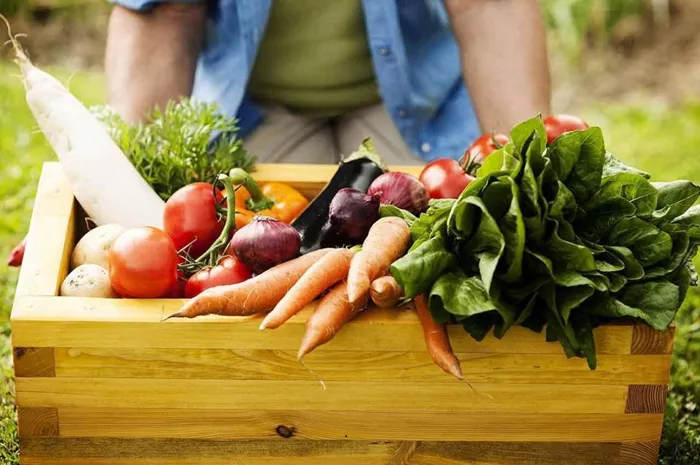Growing your own vegetables can save money, but the cost depends on how you start and what you grow. If you already have a garden space, adding some vegetable plants can reduce your grocery bills. However, setting up a new garden can be costly at first.
Adam Weiss, a master gardener, explains that building a raised bed garden with good soil, supports, and mulch can add up, sometimes making a single tomato plant cost $45 to $60 when all expenses are counted.
For beginners, Weiss recommends starting with container gardens to keep costs low while learning how to grow plants successfully.
Anna Hackman, a farmer, adds that growing your own vegetables can be cheaper than buying them, especially if you grow unique heirloom varieties that stores don’t carry.
Some vegetables are better to grow at home because they are easy and quick to harvest. These include tomatoes, peppers, lettuce, arugula, spinach, and radishes.
Lettuce and similar leafy greens are called “cut and come again” because you can harvest part of the plant multiple times. Radishes grow fast, ready to eat in about 30 days.
On the other hand, some vegetables are difficult or take up too much space, so buying them might be smarter. Carrots, celery, and onions are tricky to grow well, and broccoli, cauliflower, and cabbage need a lot of room but produce only one head per plant.
Interestingly, some vegetables can be grown easily from store-bought produce, which saves money.
For example, spring onions can regrow roots in water, and potatoes, sweet potatoes, ginger, and garlic can be planted if they haven’t been treated to stop sprouting.
In summary, growing your own vegetables can be cost-effective if you choose the right plants and start small. It also offers the joy of fresh, homegrown produce that you can’t always find in stores.


